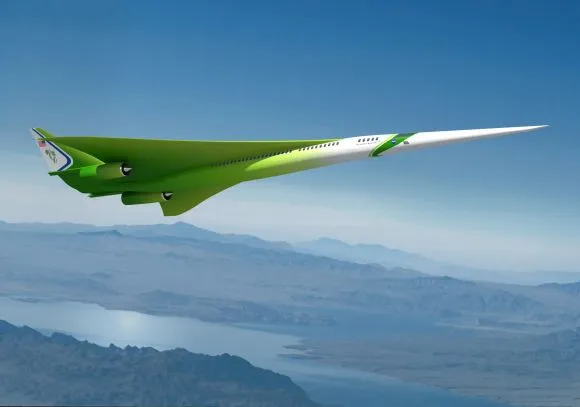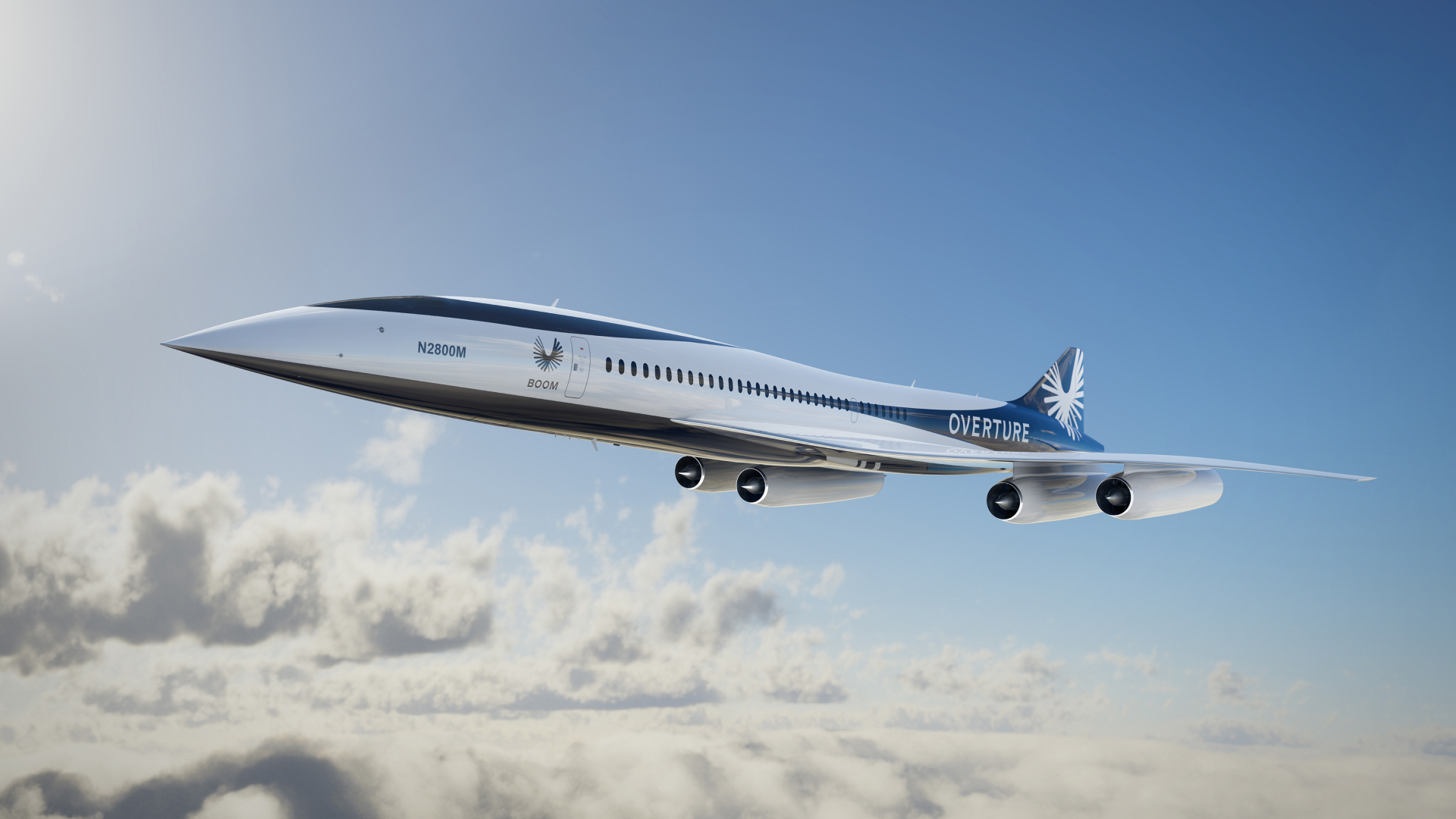The dream of supersonic travel has captivated our imaginations for decades, promising to shrink the world and make long-haul journeys more accessible than ever. However, the environmental concerns associated with supersonic flight have often overshadowed this ambition. Today, thanks to advancements in technology and a growing commitment to sustainability, we stand on the brink of a new era in aviation – one that promises supersonic travel with a green conscience.
Key to this vision is the development of sustainable supersonic aircraft. Traditional supersonic jets, like the Concorde, were notorious for their fuel-guzzling engines and excessive carbon emissions. In contrast, the next generation of supersonic planes is being designed with efficiency and environmental responsibility in mind. First, these aircraft are expected to utilize state-of-the-art engines that are both quieter and more fuel-efficient. Noise pollution, a significant concern with supersonic flight, is being addressed through innovative engineering solutions. Furthermore, advancements in alternative fuels, such as biofuels and hydrogen, are poised to reduce the carbon footprint of these aircraft significantly.

Another aspect of sustainability is routing. Airlines and aviation authorities are exploring optimized flight paths that minimize the environmental impact of supersonic travel. This means more efficient trajectories and careful consideration of noise pollution over populated areas.
The emergence of sustainable supersonic travel represents a significant step forward for aviation. It not only rekindles the excitement of faster-than-sound journeys but also demonstrates the industry’s commitment to reducing its environmental impact. With ongoing research and development, the age of eco-friendly supersonic travel may soon become a reality, opening up new horizons while safeguarding our planet.
